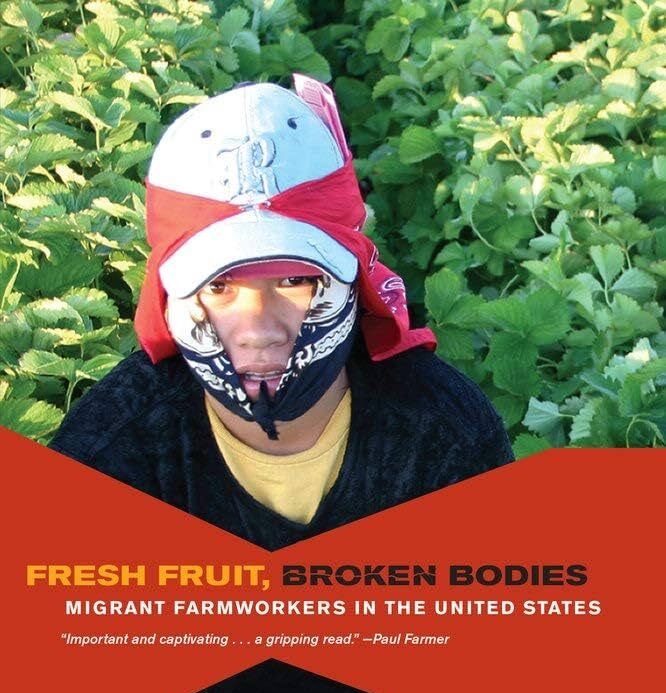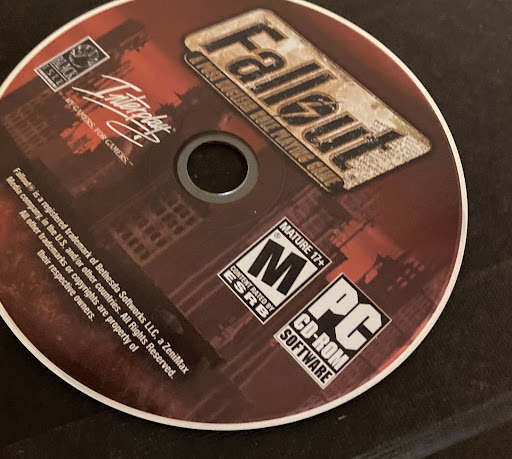Dr. Seth Holmes‘ “Fresh Fruit, Broken Bodies: Migrant Farmworkers in the United States” is a compelling examination of the often overlooked human suffering that is integral to the contemporary food system. Holmes, a medical anthropologist and physician, employs participant observation to delve into the lives of Triqui migrant farmworkers, an Indigenous community from Oaxaca, Mexico. His immersive research provides a raw and empathetic portrayal of the physical and psychological toll endured by these laborers. In this text, Holmes focuses on the treacherous path of transnational migration and grueling agricultural work that occurs in Washington and California.
For students at the University of Arizona — particularly those in pre-medical programs, sociology and anthropology departments, public health studies and anyone dedicated to community health — Holmes’ work is profoundly relevant. It highlights the critical intersection between social determinants of health and clinical outcomes, a topic of increasing importance in contemporary medical practice. Holmes illustrates how structural and symbolic violence — concepts borrowed from sociology and anthropology — manifest in the physical and mental health of migrant workers.
Structural violence refers to systematic ways in which social structures harm or otherwise disadvantage individuals. Symbolic violence, on the other hand, pertains to the internalization and normalization of these inequities by both the oppressed and the oppressors.
Holmes’ approach is notable for its depth and authenticity. His first-hand account of crossing the U.S.-Mexico border, fraught with danger and hardship, sets the stage for the stark realities he documents throughout the book. He lived and worked alongside the Triqui people, participating in berry picking on a farm in Washington and following them to California for grapevine pruning. This hands-on involvement underscores his commitment to experiencing and understanding the plight of these workers and enriches his ethnographic narrative, making it both compelling and credible.
Holmes’ study is a stark reminder of the broader socio-political forces that shape health outcomes. For instance, he attributes the forced migration of these workers to economic policies like The North American Free Trade Agreement (NAFTA), which devastated Mexican agriculture and left many with no option but to seek work in the United States. This context is crucial for understanding the myriad health issues faced by migrant workers, from chronic pain and untreated injuries to psychological distress stemming from constant racial discrimination and economic insecurity.
The book’s analysis of the hierarchical labor structure within farms reveals how deeply entrenched racial and citizenship status hierarchies dictate the lives and health of farmworkers. Holmes meticulously documents the division of labor and its implications: indigenous Mexicans occupy the most physically demanding and least protected jobs, while white and Asian American U.S. citizens often hold supervisory roles. This hierarchy not only determines the nature of the work performed but also the level of exposure to occupational hazards, including pesticide-related health risks.
Holmes’ ethnographic evidence extends into the realm of healthcare interactions, where he illustrates the disconnect between migrant farmworkers and healthcare providers. His case studies of Triqui patients reveal how clinical encounters often fail to address the root causes of health problems, focusing instead on decontextualized symptoms. For example, a worker’s chronic knee pain is dismissed without considering the repetitive strain of field labor, and a patient’s headache is attributed to dietary habits rather than the stress and abuse endured at work.
These vignettes underscore the need for healthcare providers to adopt a more holistic approach that considers patients’ social and economic contexts, which is a critical lesson for UA students, as it encourages acknowledging the complexity of patients’ lives.
The book calls for a transformation in how future medical professionals, public health advocates and social scientists approach health and illness. Holmes advocates for the incorporation of social structural analysis into medical and public health training. Understanding the broader social determinants of health is essential for developing effective interventions and advocating for policies that address the root causes of health disparities.
For current students, “Fresh Fruit, Broken Bodies” is a powerful call to action. It challenges us to consider the ethical dimensions of our future professional practices and the broader social responsibilities we bear as future health professionals. By shedding light on the harsh realities faced by migrant farmworkers, Holmes not only enriches our understanding of their plight but also equips us with the knowledge to advocate for systemic change.
Even further, Holmes’ work is an essential read for anyone committed to health equity. It deepens our understanding of the lived experiences of one of the most marginalized groups in the U.S. and illustrates the urgent need for a more inclusive and socially aware healthcare system. His vivid, empathetic portrayal of migrant farmworkers’ lives serves as a poignant reminder that the pursuit of health equity must extend beyond the clinic and into the realms of policy and social justice.
I highly recommend “Fresh Fruit, Broken Bodies” to all University of Arizona students interested in the health and well-being of our communities. Holmes’ work is not just an academic exercise; it is a call to acknowledge, engage with and transform the social, economic and political structures that shape health outcomes.
















